Locomotives, regardless of scale, have always been at the forefront of technological advancements in model railroading. Over the past decade, this trend has accelerated: bringing in innovative features and enhancements that redefine the hobby. Whether they’re seen as trailblazers for the future or as models featuring nothing but “all the bells and whistles,” let’s explore that decade-plus of technological advancements in model locomotives looks at past achievements evolve and new innovations actualize.
Revolutionizing command-control, sound, lights, and smoke

Technological strides in command-control systems, sound effects, lighting, and smoke units have transformed these features from primitive novelties into sophisticated staples of the hobby. Today, you can even find N scale locomotives equipped with pre-installed DCC decoders, sound speakers, smoke units, and lights.
These innovations not only elevate realism but also make the experience more user-friendly. A single button on a command-control system – like Digital Command Control, Lionel’s Trainmaster Command Control/Legacy, and MTH’s Digital Command System – can now replicate a wider range of real-world railroading operations.
Sound systems, too, have evolved dramatically. They went from being a “one size fits all,” as characterized by Model Railroader Senior Editor Cody Grivno, to decoders that now store vast libraries of digitally recorded sound effects. Want to choose from multiple horns, or turn down the volume of the air release for the brakes? You can do just that.
Meanwhile, lighting has become more than basic headlights. Based on locomotive type and scale, you can also find illuminated control stand gauges, numberboard, and alternating ditch lights, to name a few. Most are equipped with LED bulbs.
While smoke units in diesels remain consistent with a steady stream coming from the exhaust, replicating the fire-breathing presence of a steam locomotive has gone beyond the synchronized chuff out of the stack. Whistle steam is now the norm in most Lionel and MTH’s O scale lineup. The former offers additional cylinder, dynamo, or blowdown effects to their Visionline products. These additional smoke effects are starting to appear in smaller scales like HO.
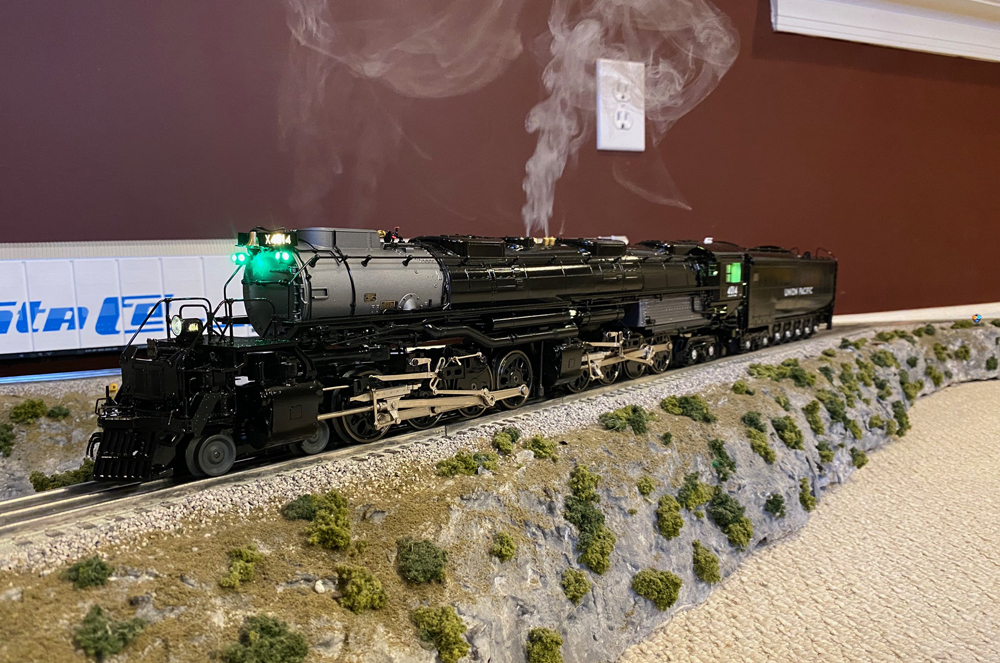
Bluetooth control: Power in your pocket
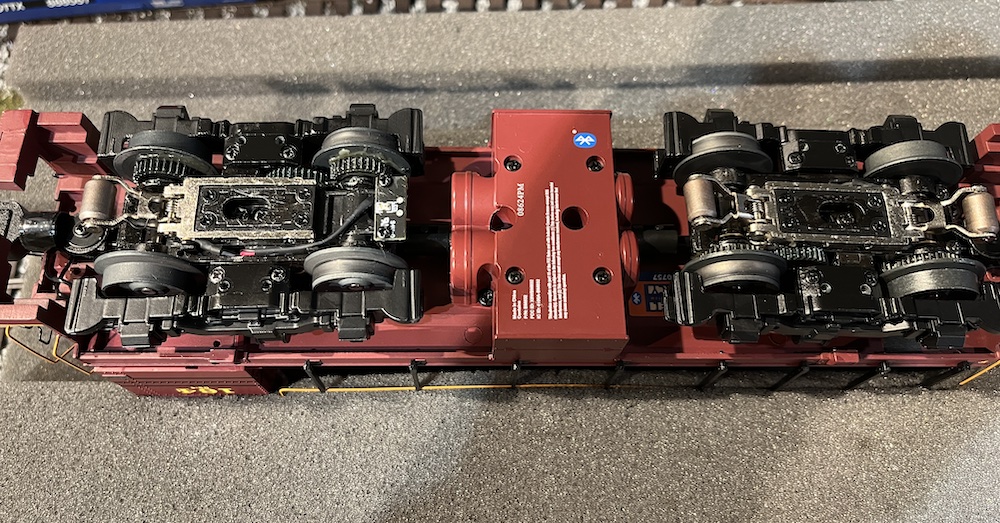
“There’s an app for that.”
That adage holds true in model railroading, with Lionel, Bachmann, and BlueRail Trains leading the development of Bluetooth-equipped locomotives by the mid-2010s. The manufacturers’ apps can be downloaded (usually free) to an Android or Apple iOS device. These apps transform smartphones and tablets into command-control remotes, eliminating the need for traditional systems.
SoundTraxx has further advanced this trend with the Blunami sound decoder, released in the early 2020s. These decoders support operation via DC, DCC, or Bluetooth. While Bluetooth isn’t positioned to replace established standards like DCC, it provides an accessible option for hobbyists.
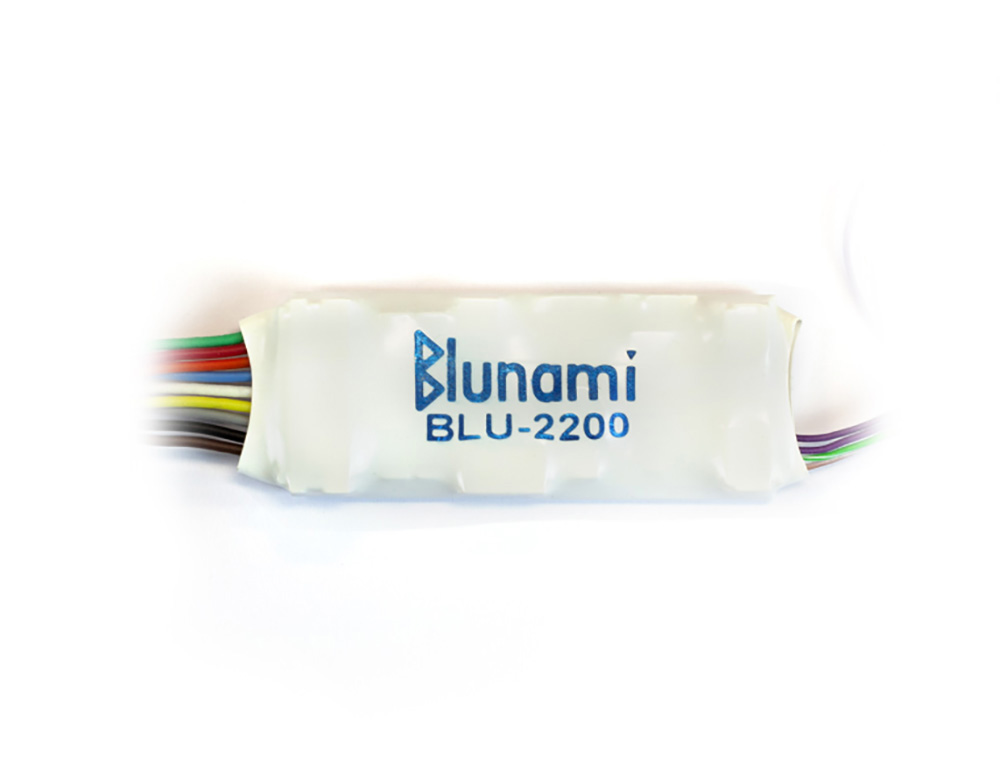
Stay-alive capacitors or power on board
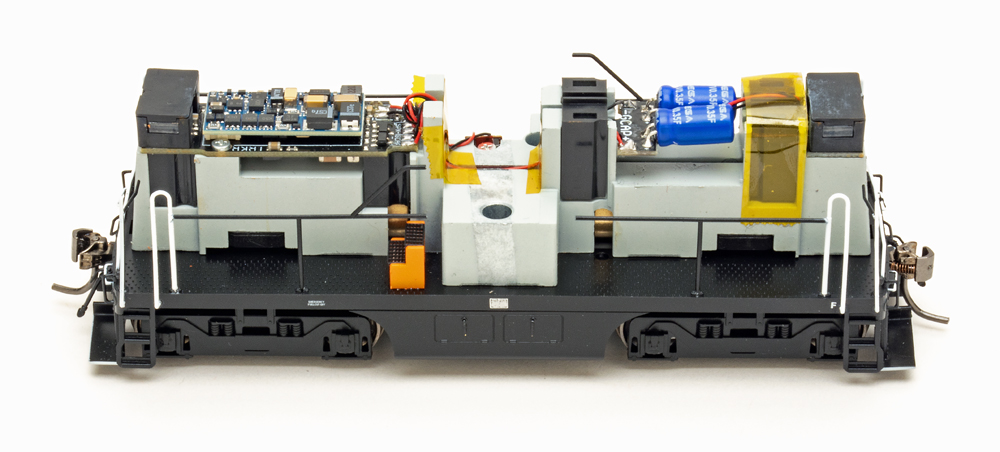
Few things are more frustrating during layout operations when the sound, lights, and even the locomotive itself comes to a screeching halt due to dirty track and dead frogs, which can cause a layout to lose electrical current.
In 2005, Lenz introduced stay-alive capacitors; in 2013, Train Control Systems (TCS) followed suit. These devices can now be purchased separately as plug-ins through multiple manufacturers, or already installed in newly released locomotives. However, as Larry Puckett emphasized in Model Railroader (July 2018), they are no substitute for clean track and reliable layout wiring.
For those that want to eliminate track power altogether, “dead rail” is an option – a locomotive that doesn’t rely on track power as its source but rather an alternative such as battery power and radio control. The concept isn’t new; it’s been used primarily for large, outdoor garden railroads. But in recent years, the technology has evolved to become more compact – the hope is that soon it could be small enough to fit inside the shell of an HO scale locomotive.
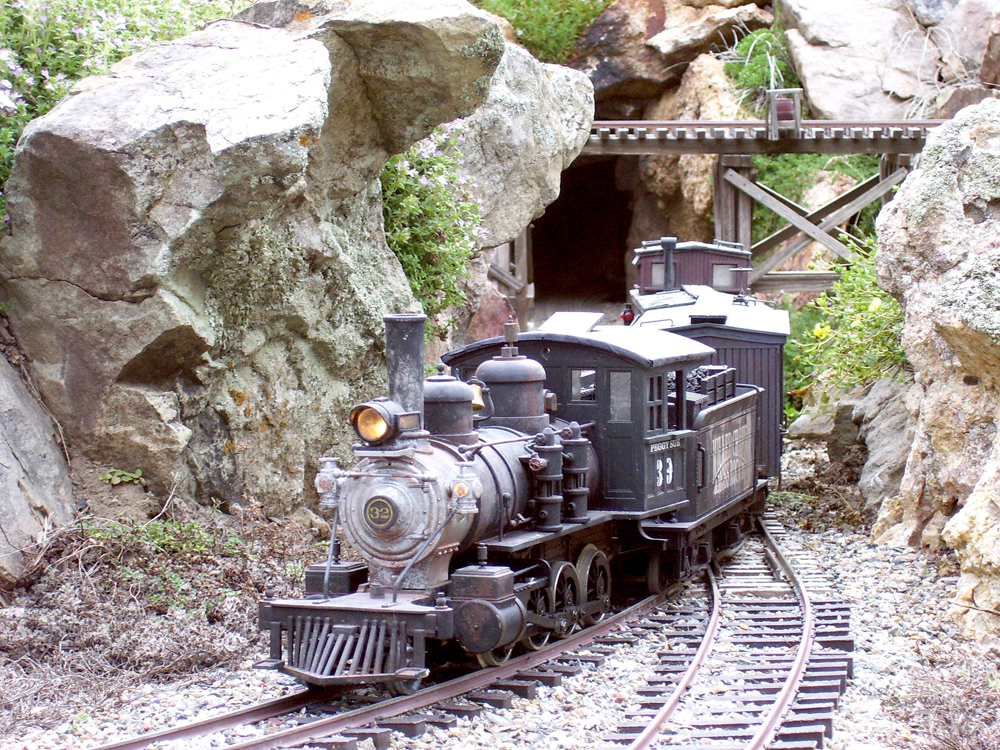
What will they think of next?
Modern model locomotives showcase how far technology has come, blending realism and functionality in ways that were once unimaginable. As these advancements continue, the future of model railroading promises even more exciting innovations.







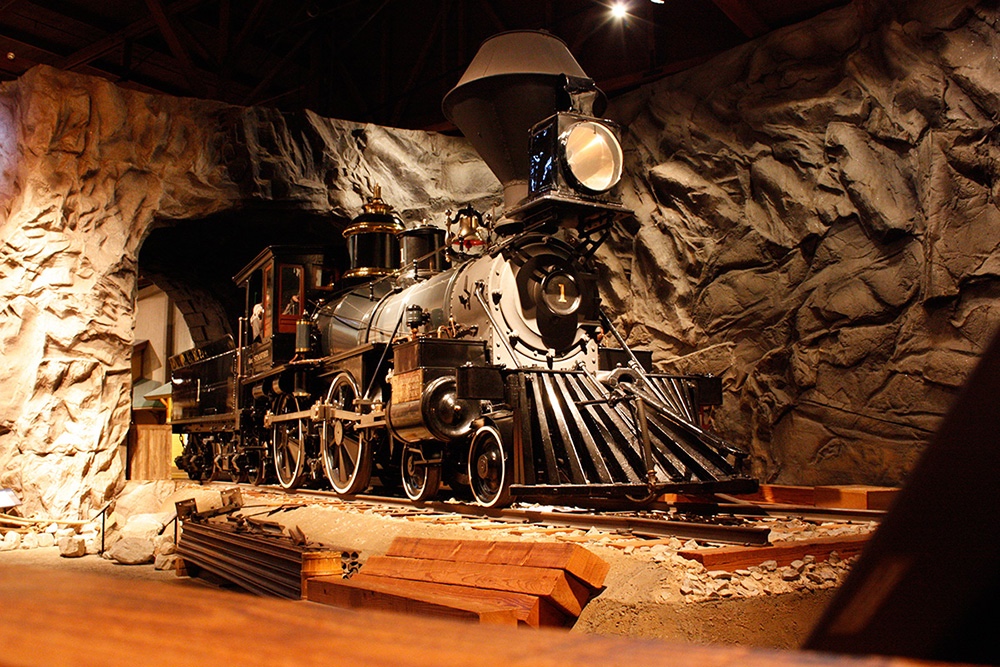
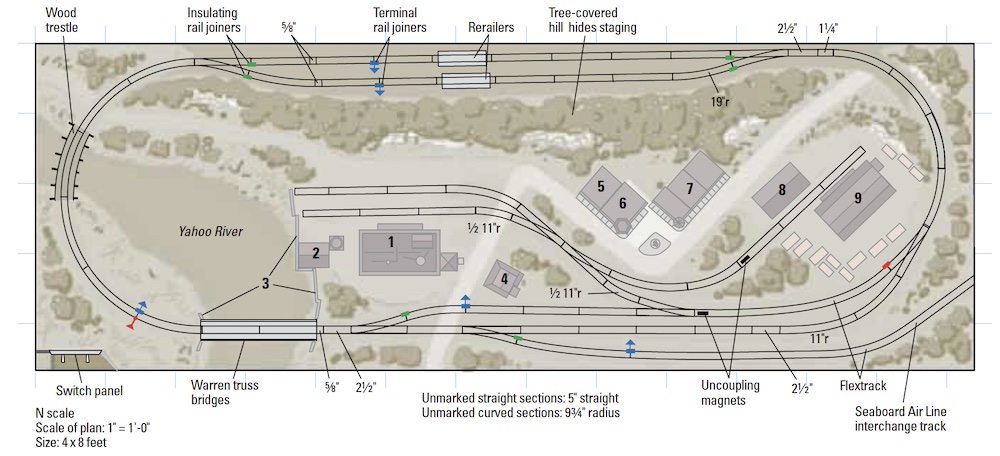
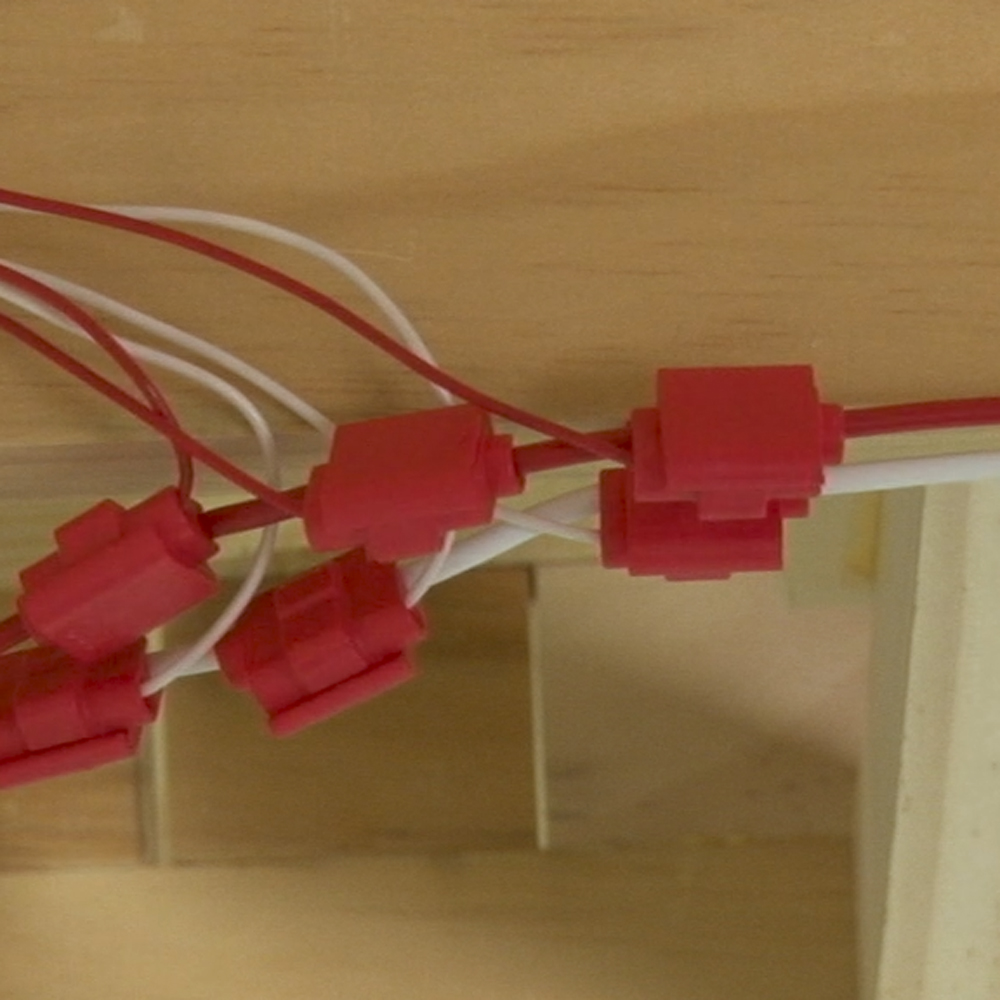
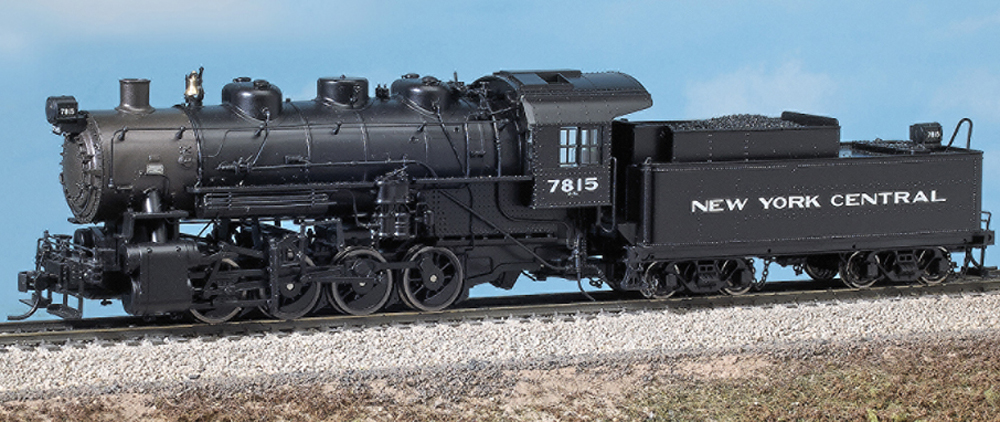
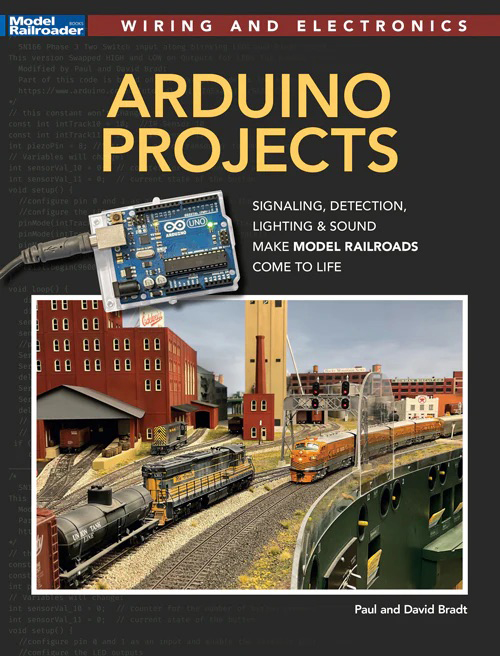
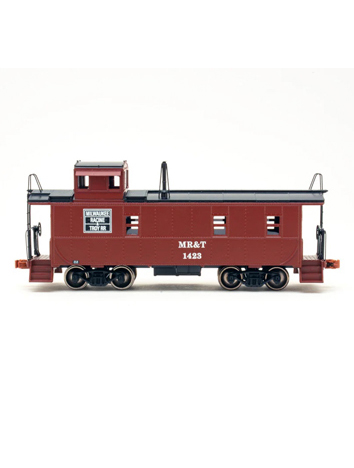
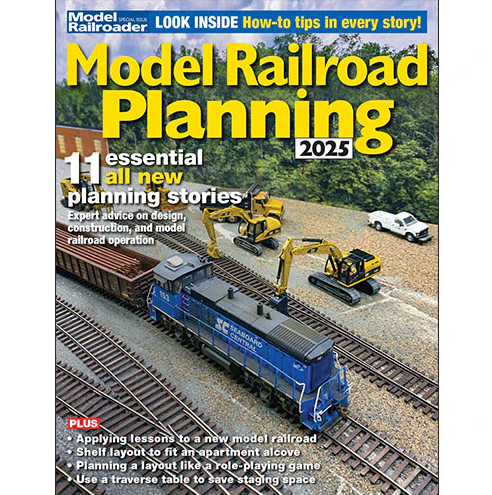
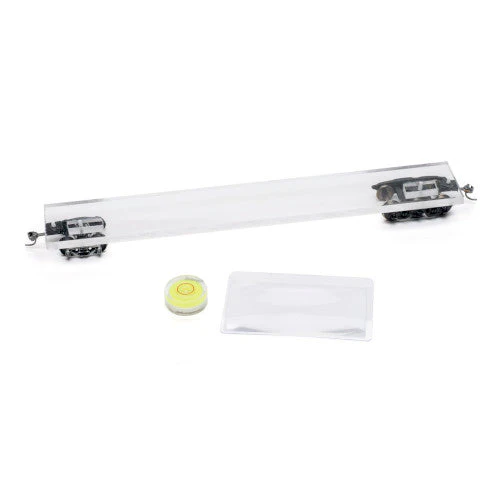
Does Bluetooth come in any other colors?
We need a way for locomotives to auto-speedmatch. With that said, software like JMRI has helped out a lot for sure.